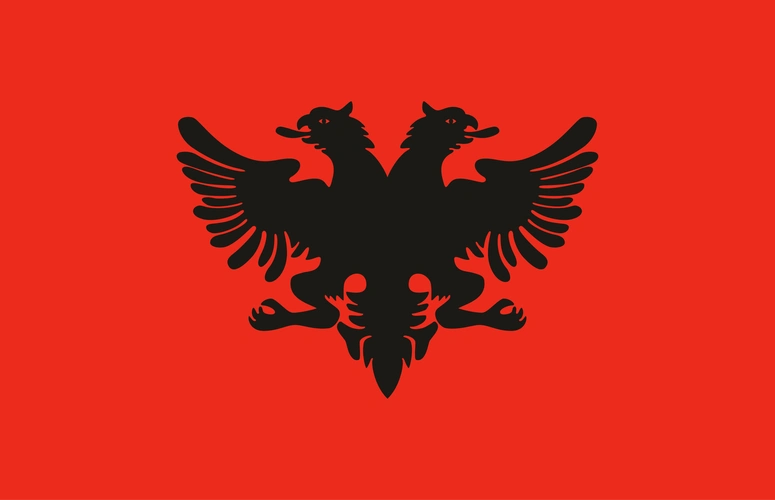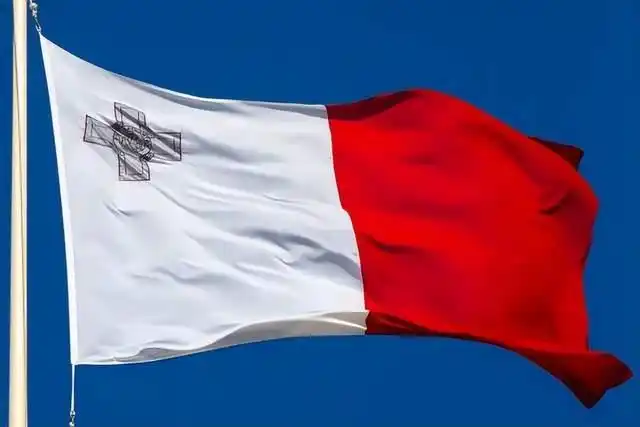Overview of Investment in Montenegro

Overview of Investment in Montenegro
Montenegro is a unitary parliamentary republic located in the southwest of the Balkan Peninsula in Europe, with its capital in Podgorica. Here is the core overview:
Geography and Population
Geographical location:
It borders Albania to the southeast, Serbia to the northeast, Bosnia and Herzegovina and Croatia to the northwest, and the Adriatic Sea to the southwest, with a coastline of 293 kilometers.
Terrain and climate:
The western region has a Mediterranean climate, the central region has a temperate continental climate, and the northern region has a mountainous climate. The terrain is mainly composed of mountains and plateaus, with the highest peak, BobotofCook Peak, reaching an altitude of 2522 meters.
Population and ethnicity:
In 2023, the population is approximately 623000, with Montenegrin accounting for 41.1% and Serbian accounting for 32.9%. The official language is Black Mountain language, and the main religion is Eastern Orthodox.
Politics and History
Political system:
Implement a parliamentary republic system, with President Yakov Miratovi ć (elected in 2023) and Prime Minister Milojko Spai ć (inaugurated in 2023).
Historical evolution:
The state of Duklia was established in the 9th century, occupied by the Ottoman Empire in the 15th century, and became an independent country in 1878.
Joined the Kingdom of Yugoslavia in 1918, gained independence through a referendum in 2006, and joined the United Nations.
Economic and Social
Economic data:
In 2023, the gross domestic product will be 6.96 billion euros, with a per capita income of 10998 euros, mainly relying on the tourism industry (which accounts for an important position in foreign exchange income) and the aluminum industry. The unemployment rate is 13.1% and the inflation rate is 4.3%.
Social development:
The Human Development Index (HDI) is 0.814 (extremely high), the average monthly salary after tax is 792 euros, and medical expenses account for 6.4% of GDP.
Other key points
Administrative divisions:
The country is divided into 25 administrative regions, with the capital Podgorica being the largest city with a population of 179000.
International Relations:
Established diplomatic relations with China in 2006, it is a member of the United Nations and has not joined the eurozone but uses the euro as its currency.
Attention: There is also Heishan County, a county-level administrative region with the same name in Liaoning Province, China, which should be distinguished according to the context.
The economic profile of Montenegro mainly includes the following aspects:
Economic aggregate: Montenegro's economic aggregate is 7 billion US dollars. The service industry is the main pillar of Montenegro's economy, accounting for 76% of GDP, with finance and tourism being important components.
Main export products: Montenegro's main export products include copper ore, primary aluminum, electricity, dried beans, and packaged pharmaceuticals.
Main imported products: Montenegro's main imported products include refined petroleum, electricity, packaged drugs, and automobiles.
Industrial structure: Montenegro's economic structure is dominated by the service industry, accounting for 76% of GDP, followed by industry and agriculture. In the service industry, tourism is an important economic growth point, but it has faced some challenges in recent years.
Economic development challenges: In 2024, Montenegro's tourism revenue decreased by 3.6% year-on-year, mainly due to a decrease in overnight stays and adjustments in tax policies. In addition, Montenegro lacks long-term planning and vision in the development of tourism, leading to a decline in competitiveness.
Trade situation: In February 2025, Montenegro's trade deficit expanded from 244.4 million euros in the same period last year to 269.3 million euros. The export value was 53.6 million euros, a year-on-year decrease of 13.2%, while the import value was 322.9 million euros, a year-on-year increase of 5.5%.
The investment prospects of Montenegro are generally optimistic, especially after becoming a member of the European Union, which will bring more investment opportunities and convenience.
Investment prospect analysis
Expectations of becoming an EU member state: Montenegro is expected to become a full member of the EU before 2025, which means investors will enjoy the same conveniences and opportunities as EU countries. This includes freer trade, lower tariffs, and looser visa policies to attract more international investment.
Tax incentives: Montenegro's tax rate is competitive in Europe, with a minimum of 9%, and there is no global tax burden. In addition, the investment application process is fast and efficient, usually completed within 6 months, further reducing the burden on investors.
Convenience of US E2 visa application: Montenegro is an ideal location for US E2 visa application, providing investors with a convenient channel to enter the United States.
High cost-effectiveness: Investing in Montenegro offers extremely high cost-effectiveness, typically requiring a property investment of 250000 euros plus a government donation of 100000 euros, making it an attractive option for investors seeking overseas investment.
Investment Fields and Opportunities
Real estate investment: Investing and buying a house in Montenegro is a good choice, especially in coastal areas. Due to the limited number of local hotels, there may be great potential for the development of homestay business. In addition, Chinese restaurants are scarce in tourist areas, providing unique opportunities for investors.
Tourism development: Montenegro's natural scenery and cultural heritage have attracted a large number of tourists. Despite facing some challenges, its unique tourism resources still have enormous investment potential. With the increase of Chinese tourists, there are more opportunities for real estate and tourism related businesses here.




